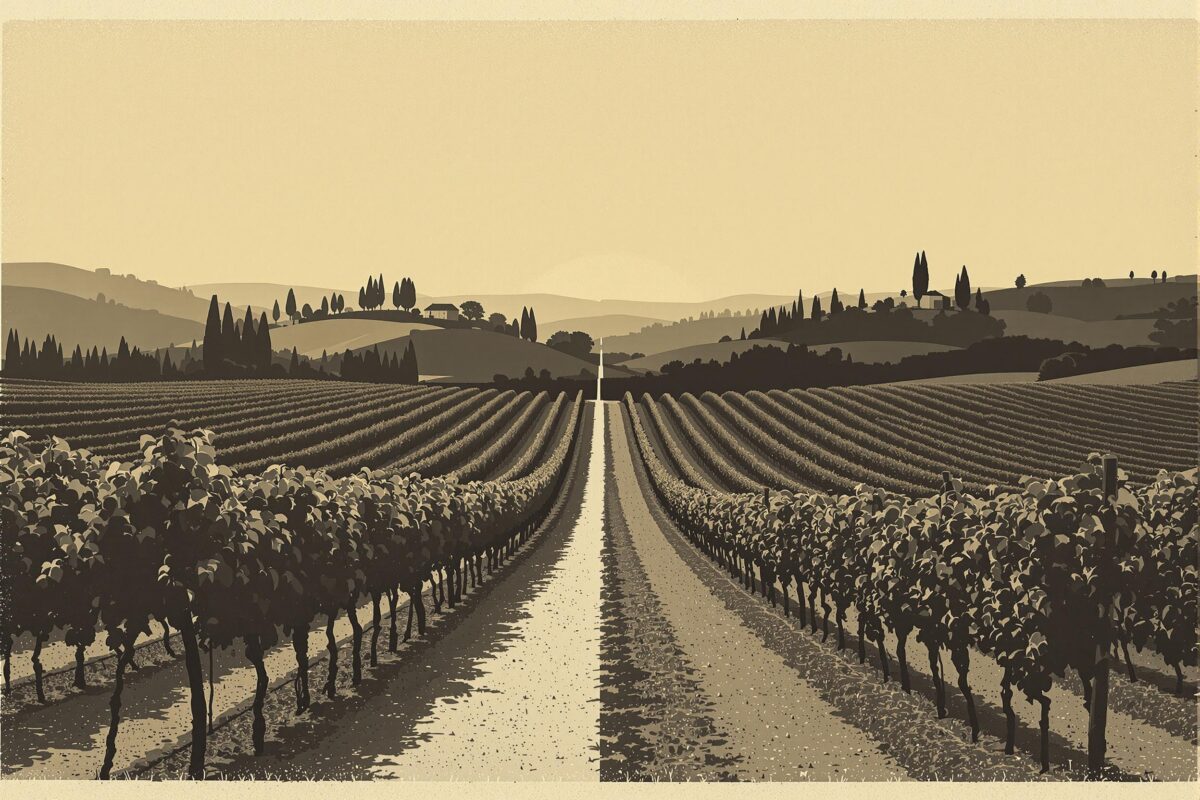France, a cornerstone of global wine culture, boasts two prestigious regions: Bordeaux and Burgundy. Bordeaux, known for structured blends and Cabernet Sauvignon, contrasts sharply with Burgundy, famed for elegant Pinot Noir and terroir expression. This comparison delves into market dynamics, climate adaptation, regional styles, and investment advice for enthusiasts and connoisseurs. Let’s uncork the nuances that set these iconic regions apart.
Trend Analysis: Market Dynamics, Climate Adaptation, and Global Demand
Market Dynamics: Volume vs. Exclusivity
Bordeaux’s production (over 700 million bottles annually from 120,000 hectares) dwarfs Burgundy’s (from 29,500 hectares). This scale allows Bordeaux to offer both value-driven and premium wines, its blended Cabernet Sauvignon and Merlot ensuring consistent quality and mass appeal. Burgundy, conversely, prioritizes single-varietal Pinot Noir, leading to lower volumes and higher prices. While Bordeaux enjoys steady growth thanks to affordability and reliability, Burgundy, especially Grand Cru holdings, sees heightened demand due to scarcity and investment potential.
Climate Adaptation: Challenges and Innovations
Climate change poses a threat. Rising temperatures and shifting rainfall affect grape ripening across French vineyards. Bordeaux’s maritime climate faces increased heatwaves and droughts, impacting Cabernet Sauvignon and Merlot blends. Burgundy’s continental climate similarly struggles, particularly with Pinot Noir. Both regions are adapting through innovative viticulture: adjusting planting densities, canopy management to shield grapes from sun, and exploring drought-resistant rootstocks. Winemaking techniques are evolving too, adjusting fermentation temperatures and extraction methods to retain freshness and acidity.
Global Demand: Wine Tourism and Exports
Global demand for both remains robust. Wine tourism thrives: Bordeaux attracts visitors with grand châteaux and appellations like Pauillac and Saint-Émilion, while Burgundy’s Côte d’Or draws enthusiasts seeking authentic experiences in smaller domaines. Exports are crucial. Bordeaux maintains high volumes, especially in Asia and North America, fueled by brand recognition. Burgundy, despite lower volumes, commands premium export prices, notably for top-tier Pinot Noir and Chardonnay.
In-Depth Issue Breakdown: Regional Styles, Appellations, and Cultural Impacts
Regional Styles: Blends vs. Single Varietals
Bordeaux champions blends, typically Cabernet Sauvignon, Merlot, and Cabernet Franc, creating complex wines by combining varietal strengths. Left Bank Bordeaux (Cabernet Sauvignon-dominant) displays structure and aging potential. Right Bank Bordeaux (Merlot-forward) offers softer tannins and earlier maturity. Sauternes, a unique Bordeaux appellation, produces exquisite sweet wines. Burgundy champions single-varietal purity: Pinot Noir for red, Chardonnay for white, each expressing its terroir without blending. These contrasting philosophies define their fundamental differences.
Appellations: Hierarchy and Terroir
Appellations are crucial. Bordeaux’s hierarchical system ranges from regional designations like Bordeaux AOC to prestigious sub-appellations (Pauillac, Margaux, Saint-Émilion). These define permitted grapes, practices, and standards. Burgundy’s system is even more granular, reflecting its terroir focus, ranging from regional Bourgogne AOC to village appellations (Gevrey-Chambertin, Puligny-Montrachet) culminating in Grand Cru and Premier Cru, signifying exceptional vineyard sites. Understanding these systems is key to appreciating nuances and value.
Cultural Impacts: Heritage and Lifestyle
Wine is ingrained in both cultures. Bordeaux’s grand châteaux reflect centuries of winemaking heritage. The wine trade has shaped its economy and society. Burgundy values generational knowledge and meticulous vineyard work. ‘Climats,’ Burgundy’s unique parcels, are a UNESCO World Heritage site, demonstrating the cultural significance. Wine here isn’t just a drink; it’s a connection to the land, a way of life.
Innovative Solutions: Adapting Winemaking in Changing Climates
Climate change demands innovation. Vineyard management is evolving, incorporating delayed pruning, cover cropping, and precision viticulture. Bordeaux explores heat-tolerant grapes within appellation rules. Burgundy experiments with canopy management to protect Pinot Noir. Cellar practices adapt with lower fermentation temperatures and gentle extraction. Alternative closures, like screwcaps, are considered. Water management is crucial. Sustainable winemaking is gaining traction, driven by environmental concerns and consumer demand.
Visual Comparisons: Grape Varieties, ROI, and Tasting Notes
Imagine an infographic contrasting key dimensions. Grape varieties: Cabernet Sauvignon, Merlot, and Cabernet Franc for Bordeaux; Pinot Noir and Chardonnay for Burgundy. Vineyard sizes: Bordeaux’s vast 120,000 hectares versus Burgundy’s 29,500. ROI: Burgundy Grand Cru typically outperforms broader Bordeaux classifications, although top Bordeaux wines offer strong returns. Tasting notes: Bordeaux Cabernet Sauvignon offers black fruit, cedar, and structured tannins; Burgundy Pinot Noir showcases red fruit, earthy notes, and silky textures. Such a visual tool would be invaluable for understanding key differences.
Practical Tips: Exploring and Investing
Exploring Bordeaux and Burgundy: Wine Tasting Regions
Exploring each offers distinct experiences. In Bordeaux, prioritize the Médoc, Saint-Émilion, and Graves, visiting châteaux and tasting Cabernet Sauvignon blends and Sauternes. Burgundy exploration centers around the Côte d’Or, visiting smaller domaines and tasting Pinot Noir and Chardonnay. Consider visiting during harvest for an immersive experience. Use online resources to plan itineraries and book tastings in advance, especially for prestigious estates. Local wine shops and bars can reveal hidden gems.
Investing in Bordeaux and Burgundy Wines: Grand Cru and Collectibles
Investing requires distinct strategies. Bordeaux investment often targets top classified growths and ‘super seconds.’ Mature Cabernet Sauvignon blends and Sauternes hold potential. Burgundy investment centers on Grand Cru and Premier Cru from prestigious domaines. Scarcity drives Burgundy Grand Cru’s value. Consider vintage variation; great vintages command higher prices. Utilize reputable merchants and auction houses. Proper storage is essential. Platforms like TourDeWine offer curated selections, including vintage Bordeaux and rare Burgundy, providing access to prestigious and potentially rewarding wines.
